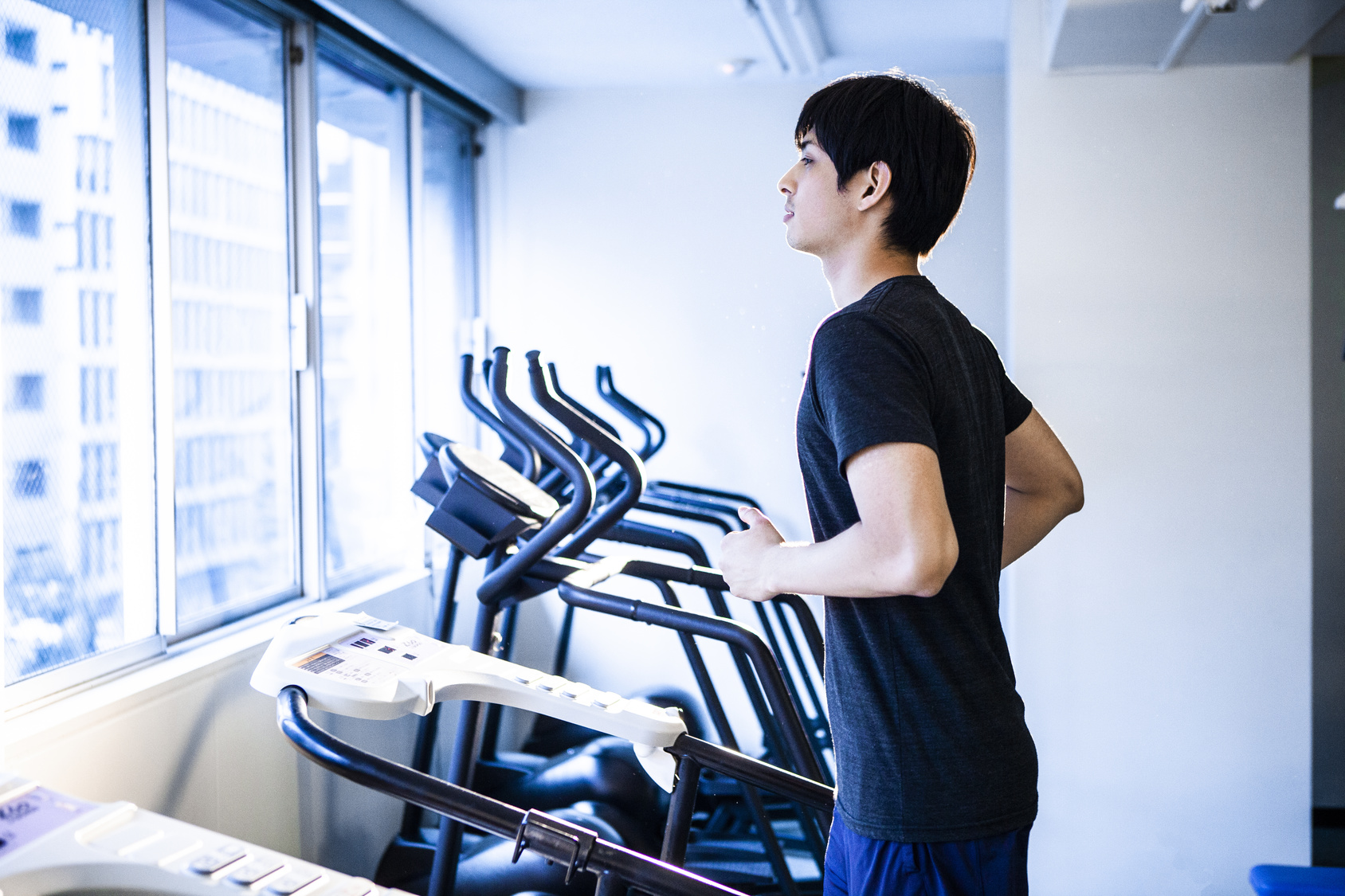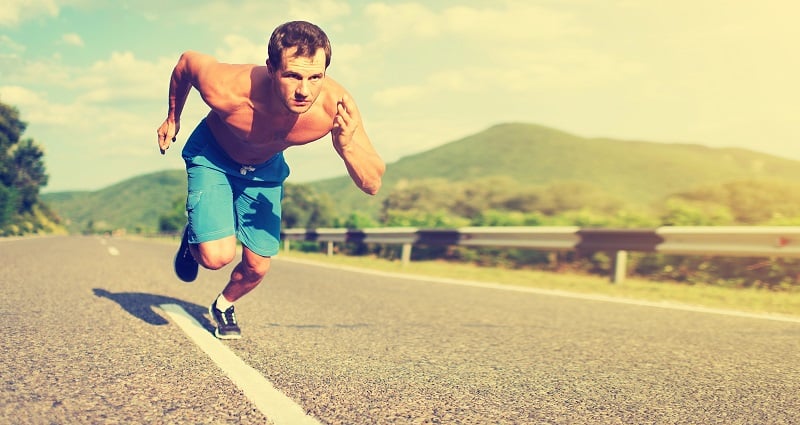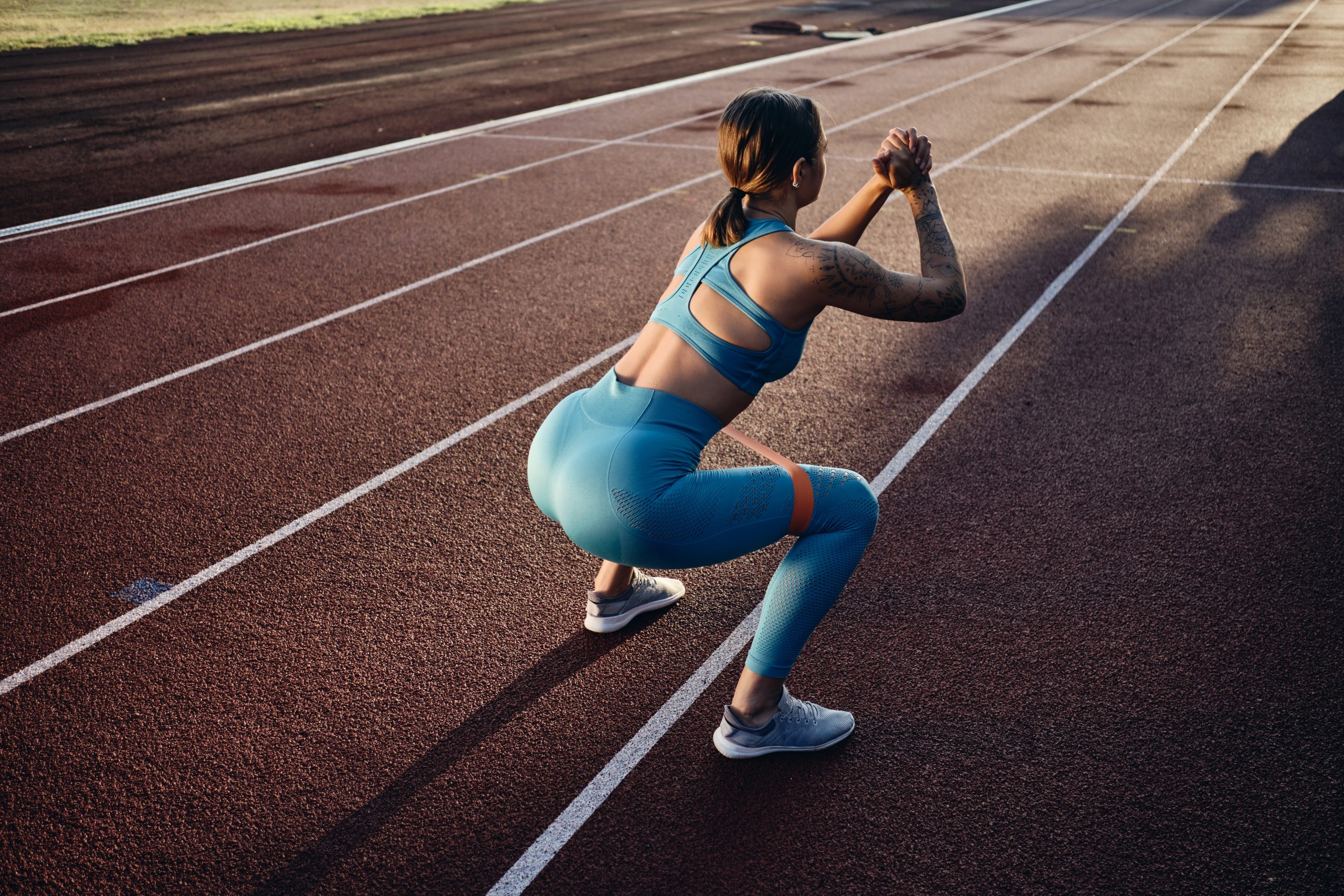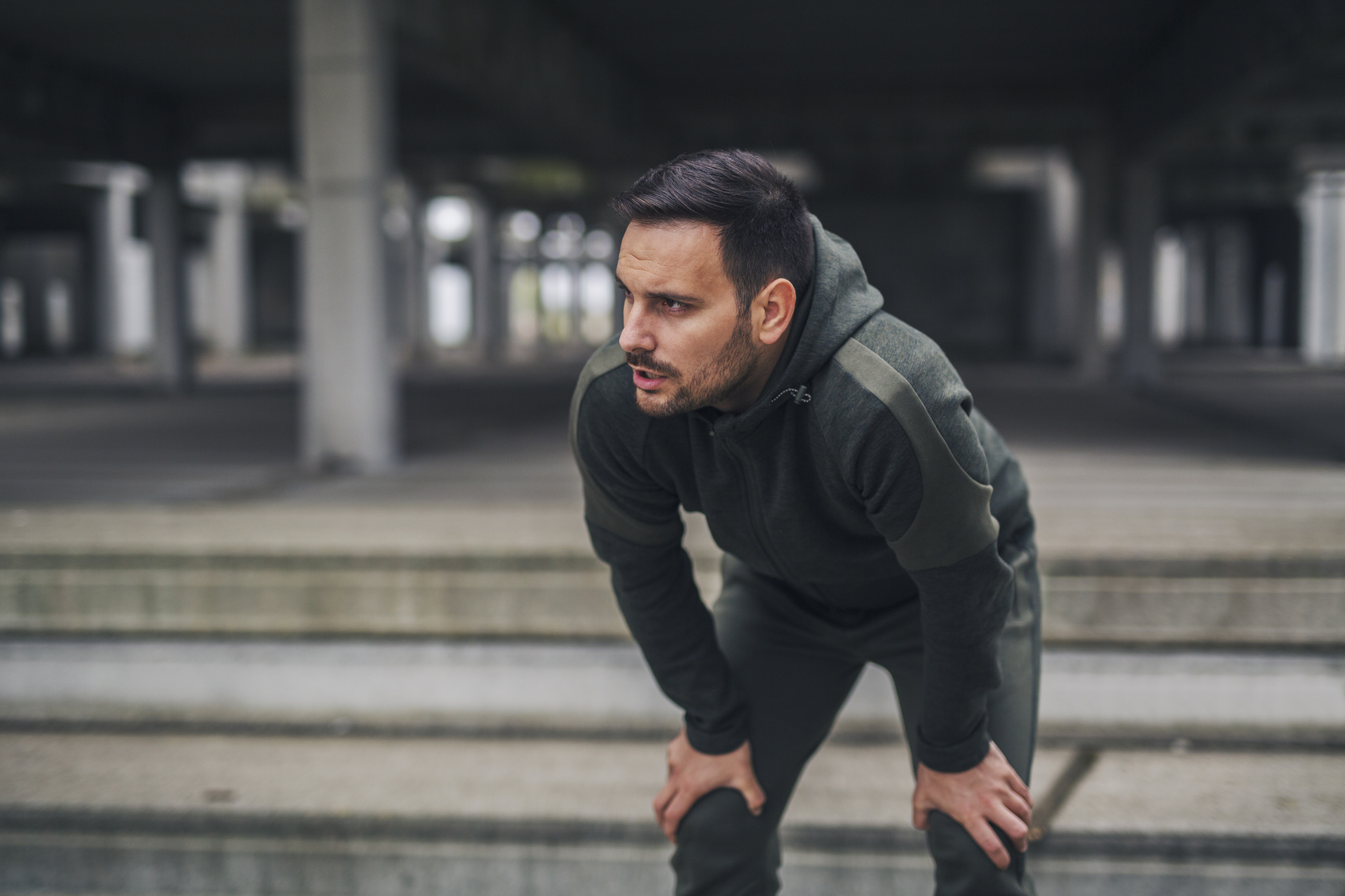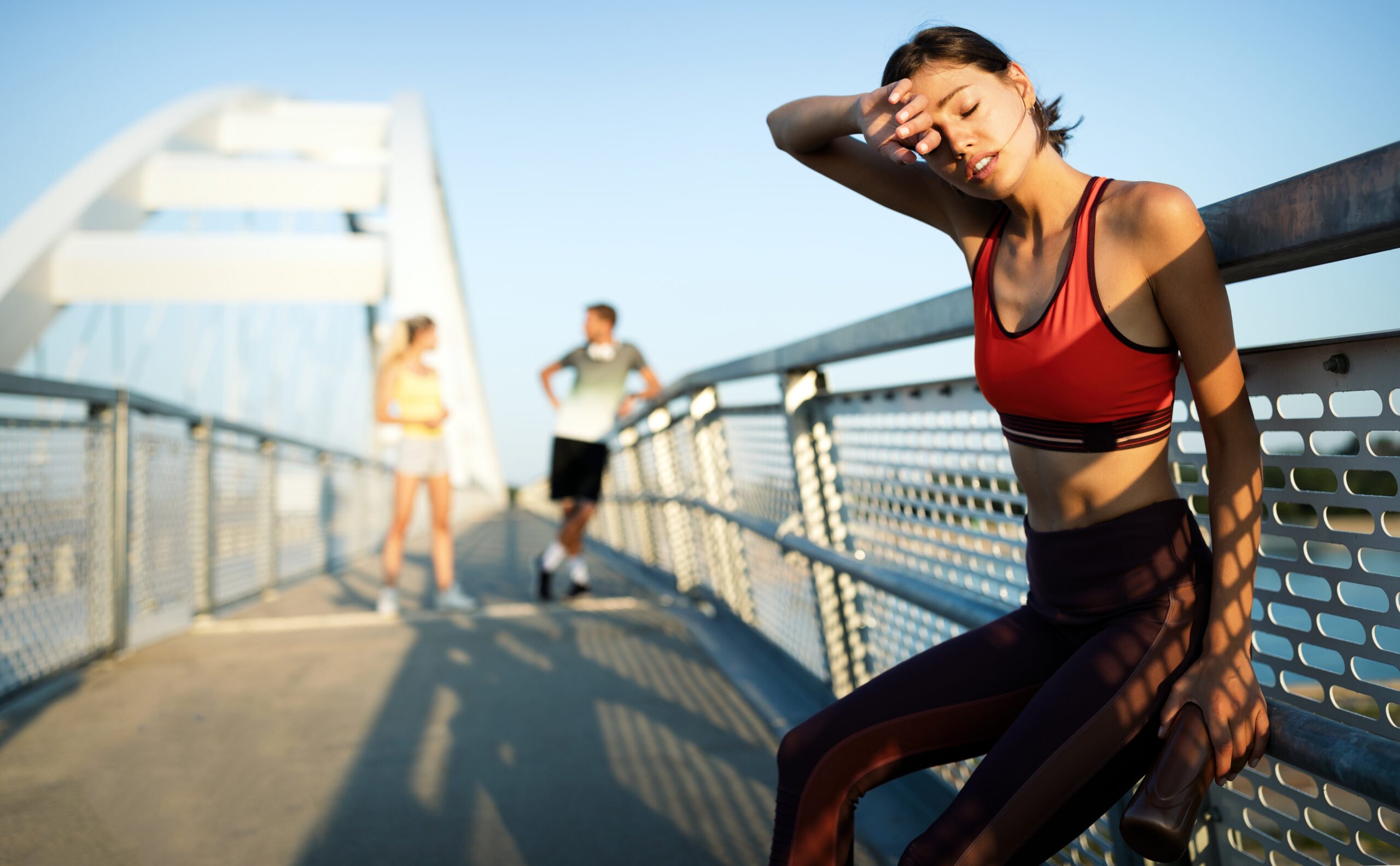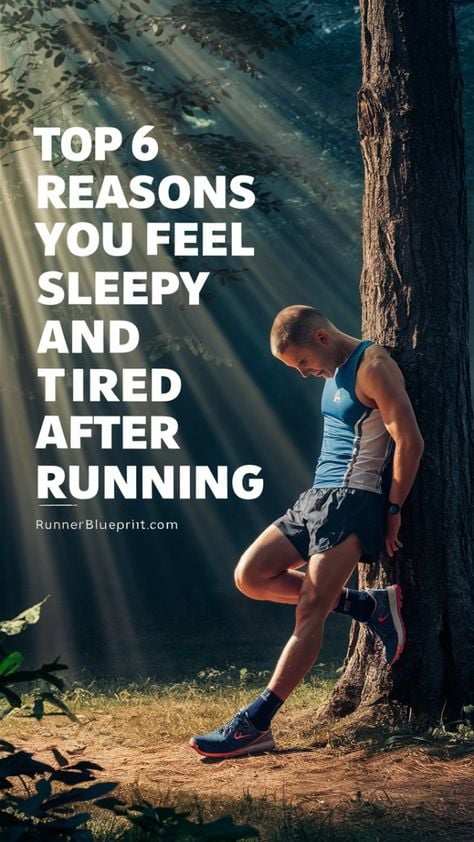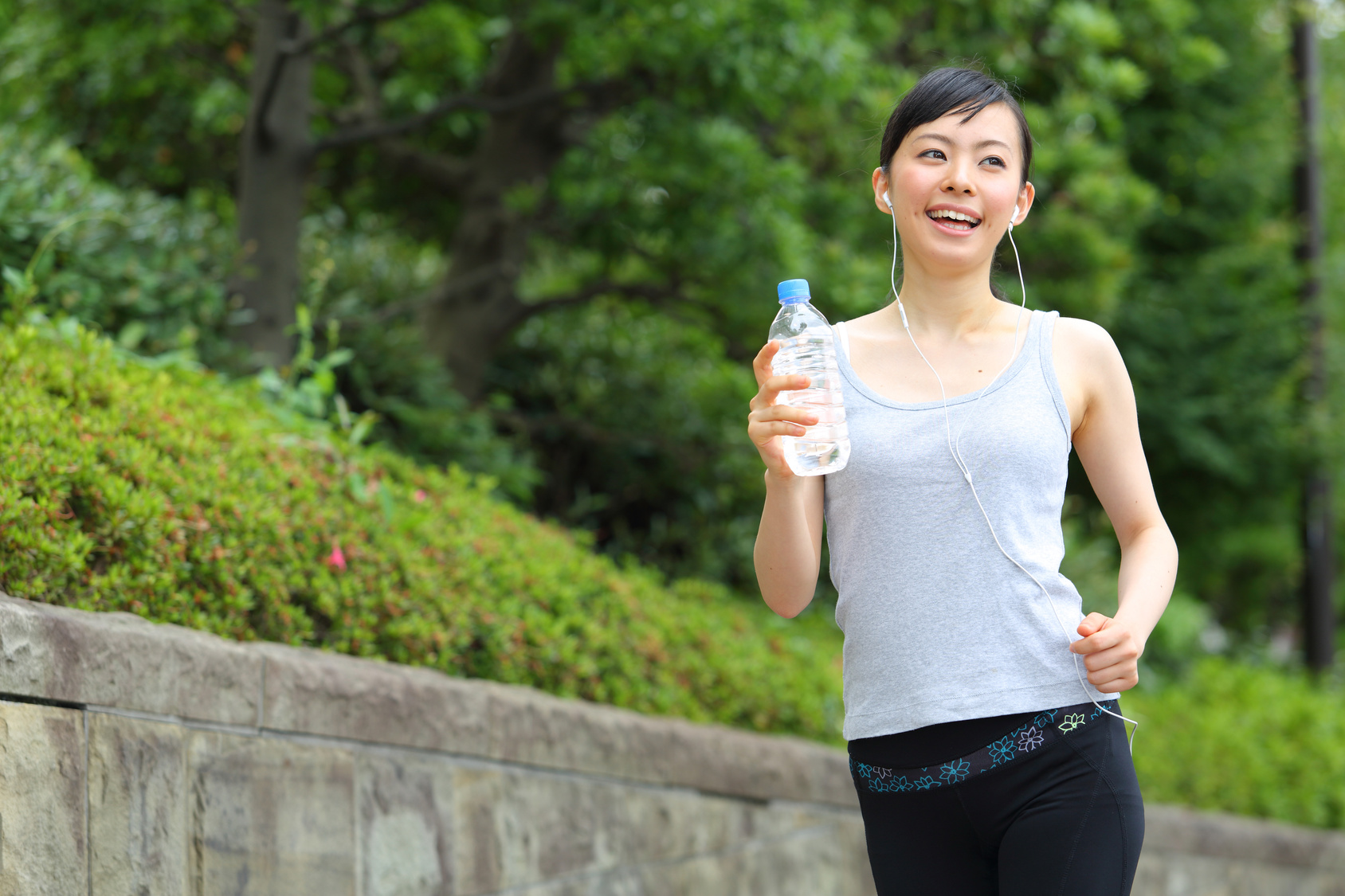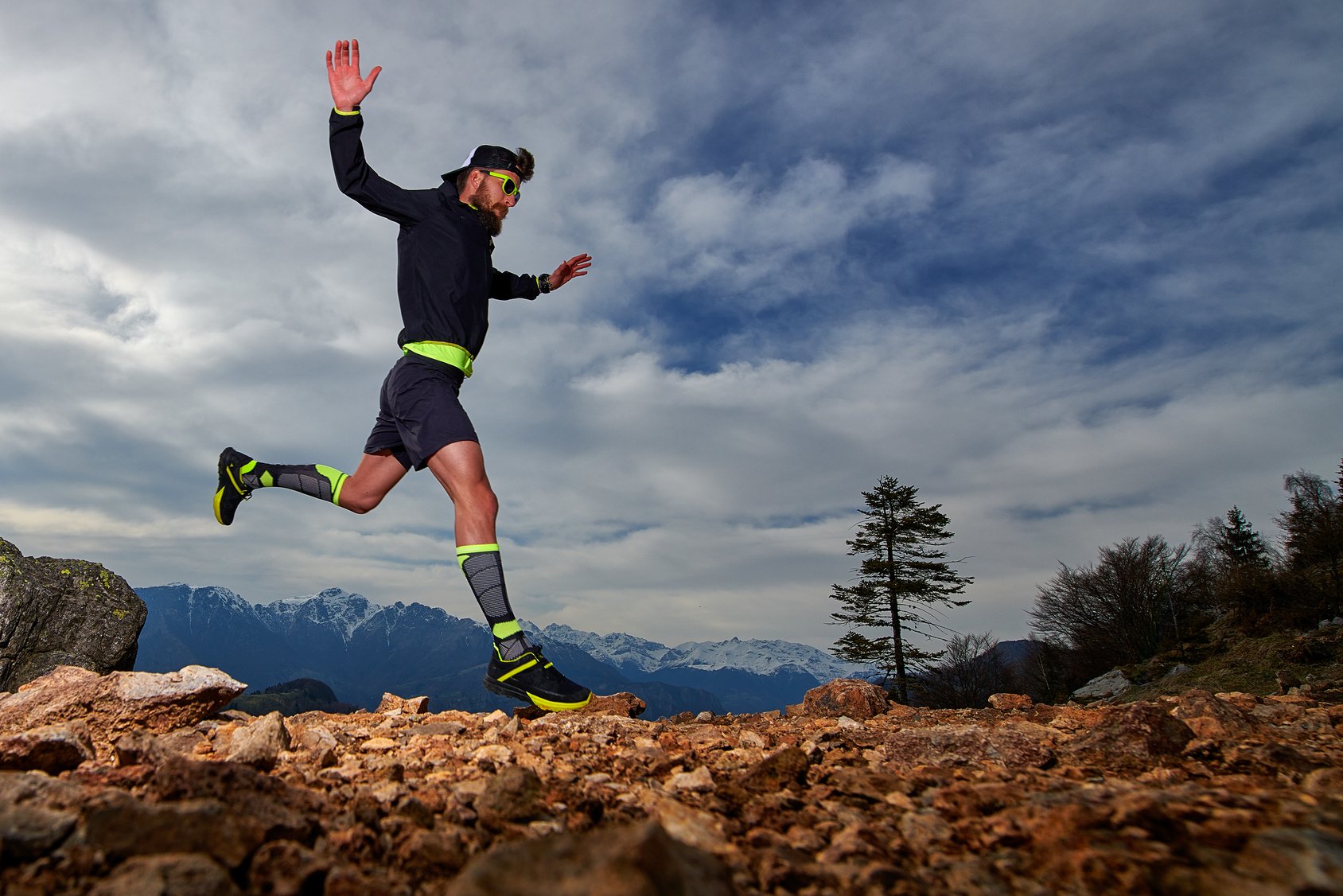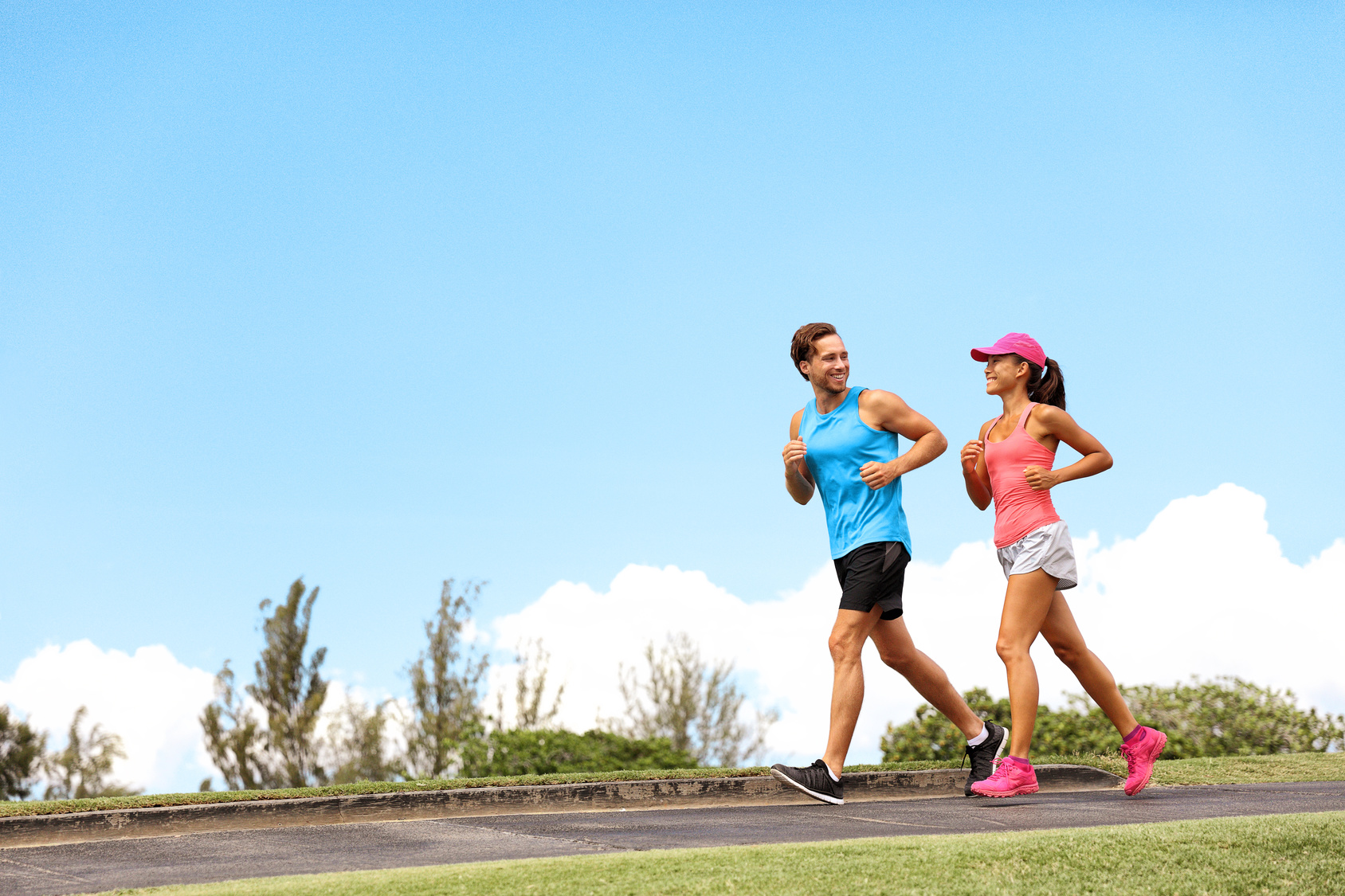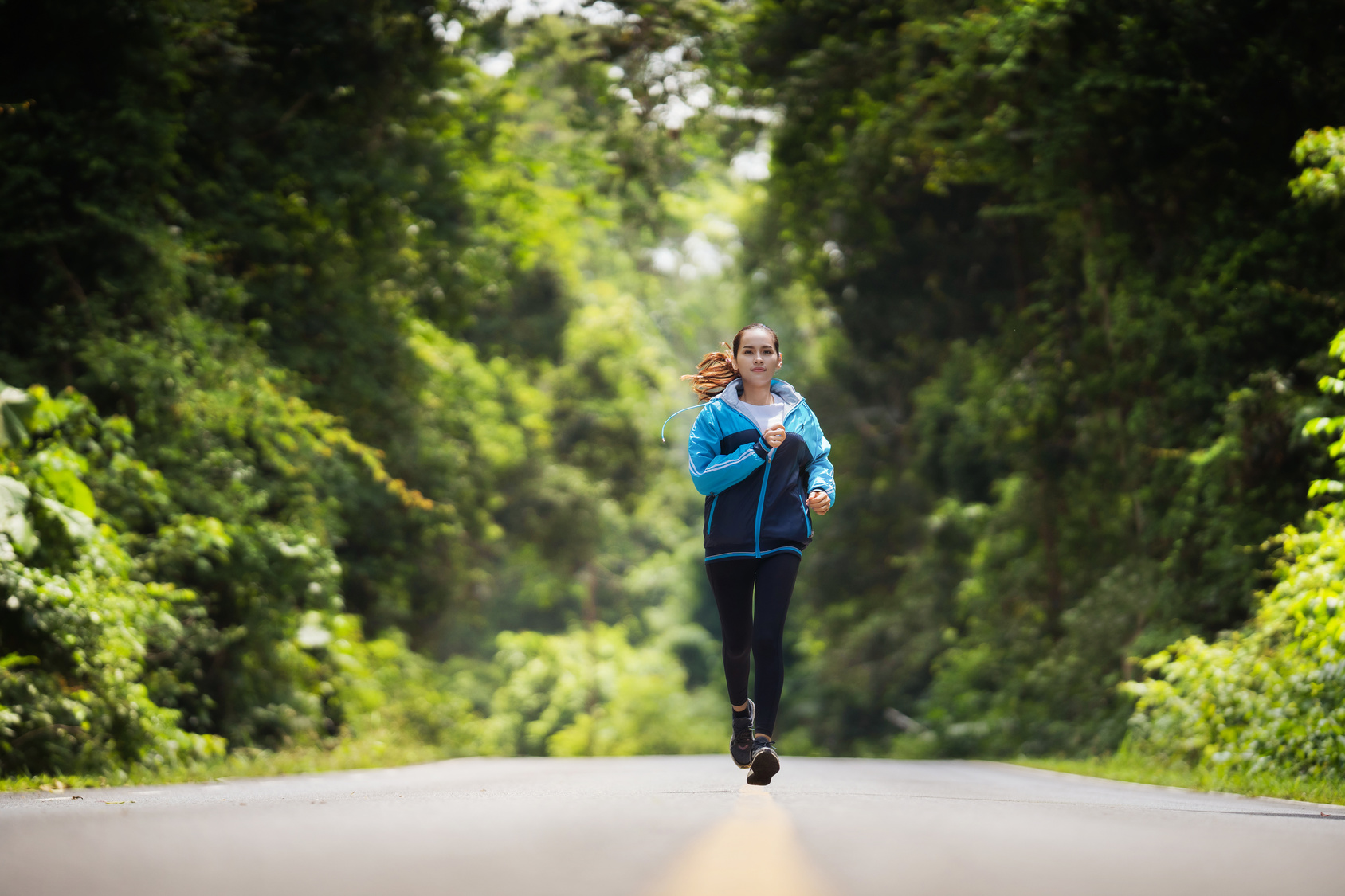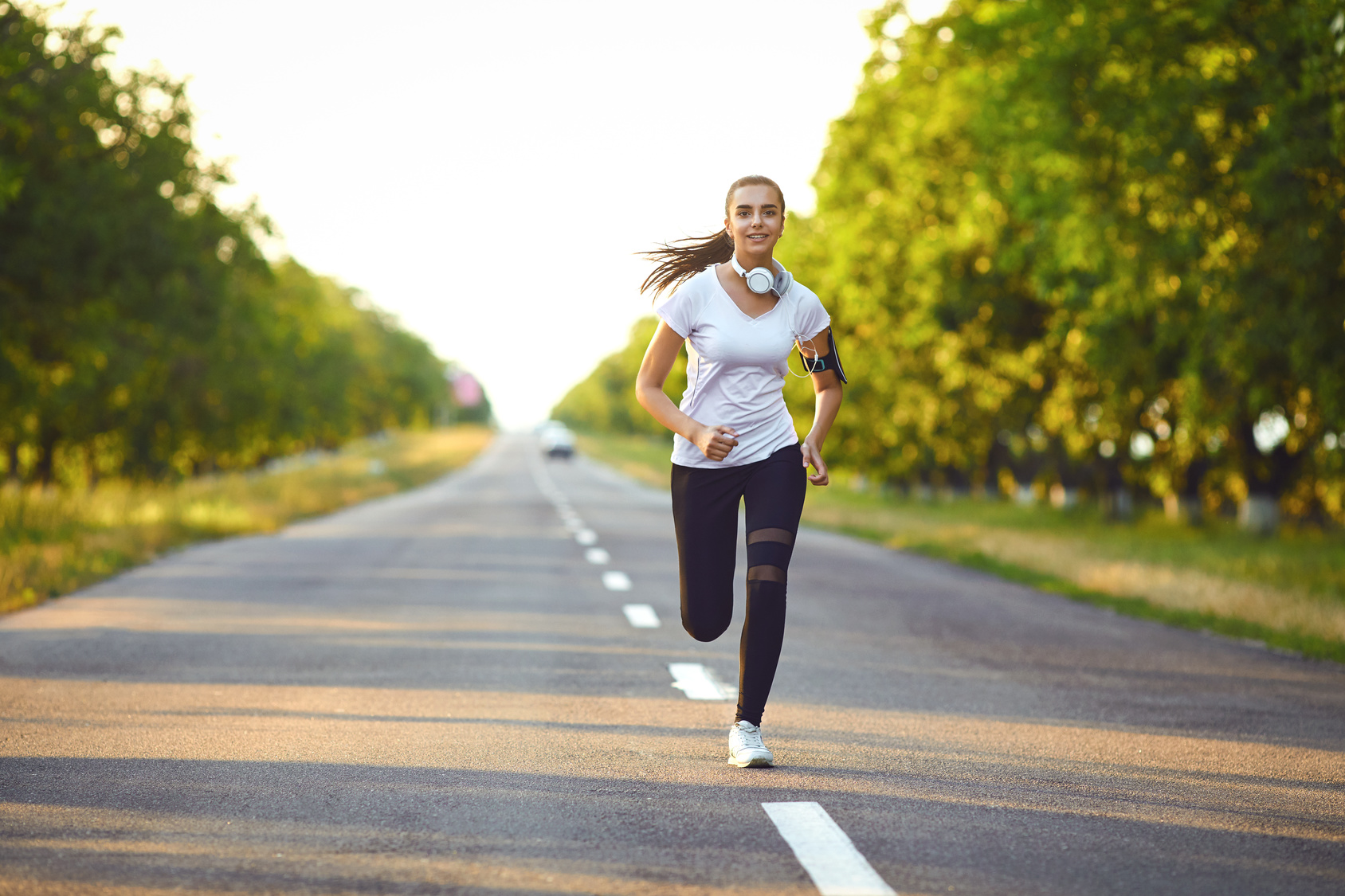Are you looking to find the best used treadmill for your training and budget? Then you have come to the right place.
Treadmills are one of the best and most versatile and useful exercise machines. These can help you get in shape, lose weight, improve endurance—all of this while exercising in the comfort of your own home.
Nonetheless, some treadmills can seem to cost an absolute future, especially when they’re bought brand new. A good model from a reliable brand may cost around $1500 to over $3,000, which can be a reasonably high cost for most people.
Fortunately, that’s where the option of buying a used treadmill comes into the picture. It’s the ideal alternative to brand new machines for people who are on a budget.
Buying a used treadmill is pretty much the same as buying a second-hand car. If you know what you’re looking for and can tell when it’s junk, you can get a great machine at a bargain—and vice versa.
In today’s article, I’ll explain some of the elements to pay attention to when shopping for a used treadmill so that you can make sure you’re making the right choice.
Sounds great?
Let’s get started.
New VS. Second Hand Treadmills
Buying a used treadmill might be a great investment for your health and your bank account as long as you know what to look for before money exchanges hands.
In most cases, a second hand treadmill will be a fraction of the cost compared to the same machine brand new. For example, you can get a used treadmill, which typically retails at $1500-$2000, for $500-$700. That’s roughly a third of the going price.
However, there are some downsides whenever we buy a used machine of any kind—treadmills are not the exception.
For starters, you risk getting a poor-quality or broken treadmill. The belt will feel unsteady, and the motor may cease working after a few days of use.
What’s more?
When you buy a used treadmill, you not only have no warranty (as most brand warranties don’t extend to secondhand buyers), but you also can’t tell much about the machine’s mileage.
For example, a treadmill that has been used for brisk walking by one (lightweight) user three times a week for a year Vs. a treadmill that has been abused by three users almost every day for three years.
Your Second Hand Treadmill Buying Guideand
There are many measures you can take to reduce your risk by just checking everyone before you make the decision.
Let’s delve a little bit deeper.
Choose A Reputable Name
When it comes to buying second-hand treadmills, choosing name brands will generally save you money over the long run. A used treadmill from a cheap brand will more than likely break down sooner than a trusted brand.
Top brands have great customer support, and the more popular the brand, the most likely you’ll help when needed.
What’s more?
Reputable brands tend to produce quality machines and provide warranties to make sure the machine won’t break down as easily.
Some of the best brands include:
- Sole
- NordicTrack
- Livestrong
- Horizon
- Precor
- Landice
- PaceMaster
- AFG
- Vision
- Life Span
Get The Right Horsepower
When buying a treadmill, new or used, there are a few things to pay attention to—the most important one is horsepower.
This is the unit used to measure a treadmill motor, and the higher the number, the more power the machine has.
Not all treadmills are equipped with the same motor, and since the motor is the heart of the treadmill, you’ll want a unit powerful enough to meet your training goals.
All in all, I’d recommend a model with at least 1.5 continuous horsepower and motor and decent suspension system.
For the full treadmill buying guide, check my full post here.
Choose A “Newer” Model
The treadmill’s “age” matters as the older the model, the less likely that it’s equipped with the latest treadmill technology.
You’ll also have less chance to get your machine repaired in the future since you may not find the needed spare parts.
As a rule, the age of a mode must not exceed five years. You can find it on the manufacturer’s website or Amazon.
That being said, use common sense. If a 6-year old machine for a great still looks barely used, then it’s worth checking it out.
Additional Resource- Your guide to curved treadmills
Do A Background Check
Knowing how old the machine ain’t enough.
You need to also find out how much it has been used (or abused). For example, second-hand treadmills sold by a health club or gym are likely to have been used heavily.
So how do you actually do it?
Simple. Ask the seller some specific questions and try to get the right answers.
And please don’t be shy. Even if you’re getting the machine at a steep discount, you’re still shelling out a lot of money.
To make it easier for you, I’ve compiled a list of 13 questions to ask the assert when you decide to buy.
- Are you the sole owner of the treadmill? (preferably yes)
- How many people have owned the treadmill? (one owner is the perfect answer)
- How often did you use it? (rarely is a good answer)
- How old is the machine? (the newer, the better)
- How often did you perform maintenance on the treadmill? (check next tip)
- Do you still have the original manual? (If yes, then it’s perfect)
- How many people used it? (the fewer the people, the better)
- Was the machine bought new or used? (don’t buy from a second-hand user)
- Where was the machine kept? (an in-home gym or bedroom rather than a dusty, flood-prone basement)
- Why are you selling it? (Not using it often is the best answer)
- What are the delivery options? (or are there any other hidden fees?)
- Is there a warranty? (Less likely but worth checking out)
Check The Warranty
Although not all brands warranties extend to second-hand buyers, I’d still recommend that you check.
You have three options:
- If you’re buying a used treadmill from a store, such as Play it Again Sports, check if there’s a warranty through the store. Some of these stores may provide some level of warranty that includes coming to your home for maintenance and stuff like that.
- If you’re getting the treadmill from a private seller, check if the warranty is transferable.
- If you’re getting a high-end model, try contacting the company to ask about the treadmill and if they offer any service or support to second-hand users.
No coverage? It’s not the end of the world. Just be ready for the extra repair and maintenance costs when buying a second-hand treadmill for home use.
What’s more?
Keep in mind that if you are purchasing a machine older than two years, then you’ll not be getting any warranty.
Additional Resource – Your guide to treadmill running form
Ask For A Service Record
Check the service record of the used treadmill, whether you’re getting it from a used sporting good store or from a private seller.
Some owners will keep a record of when and how their treadmills are serviced during use. These records can help you figure out if the machine was well cared for and if it has any “chronic” issues that might give you trouble in the future.
Sure, it’s a good thing if the seller has taken good care of the machine, but if it had undergone a series of repairs for the past six months, then the machine might be nearing the “beyond repair” phase. It’s not worth it. A broken car will keep on breaking.
Additional Resource – When to replace a treadmill belt
Test The Machine
The best way to check the quality of a machine is to run a test. If the seller refuses, look somewhere else.
Here’s how to do it.
Begin by examining the machine closely and checking for signs of wear and tear to the frame, belt, console, etc.
Turn on the machine, gradually increase speed until you reach maximum speed. Then, lower the speed while increasing elevation from 0 to max, one degree at a time, and back down.
What to look for?
Listen to the motor for any whining, clicking, knocking, or grinding sound. The motor should also be speeding up uniformly and smoothly.
Any surging or skipping sounds may indicate an issue or problem with the motor or Lower Power Board. This means lots of costly repairs, and you don’t want that.
What’s more?
The machine should incline and lower slickly without grinding or jerking. When elevation isn’t adjusting properly, it could mean that a sensor is out of calibration. Jerking and grinding are signs of serious mechanical failure.
Next, hop on the treadmill and run for 10 to 20 minutes. Pay attention to the machine and keep your ear open for any shakes or sounds that make you feel uncomfortable.
Additional resource – How to find affordable running gear
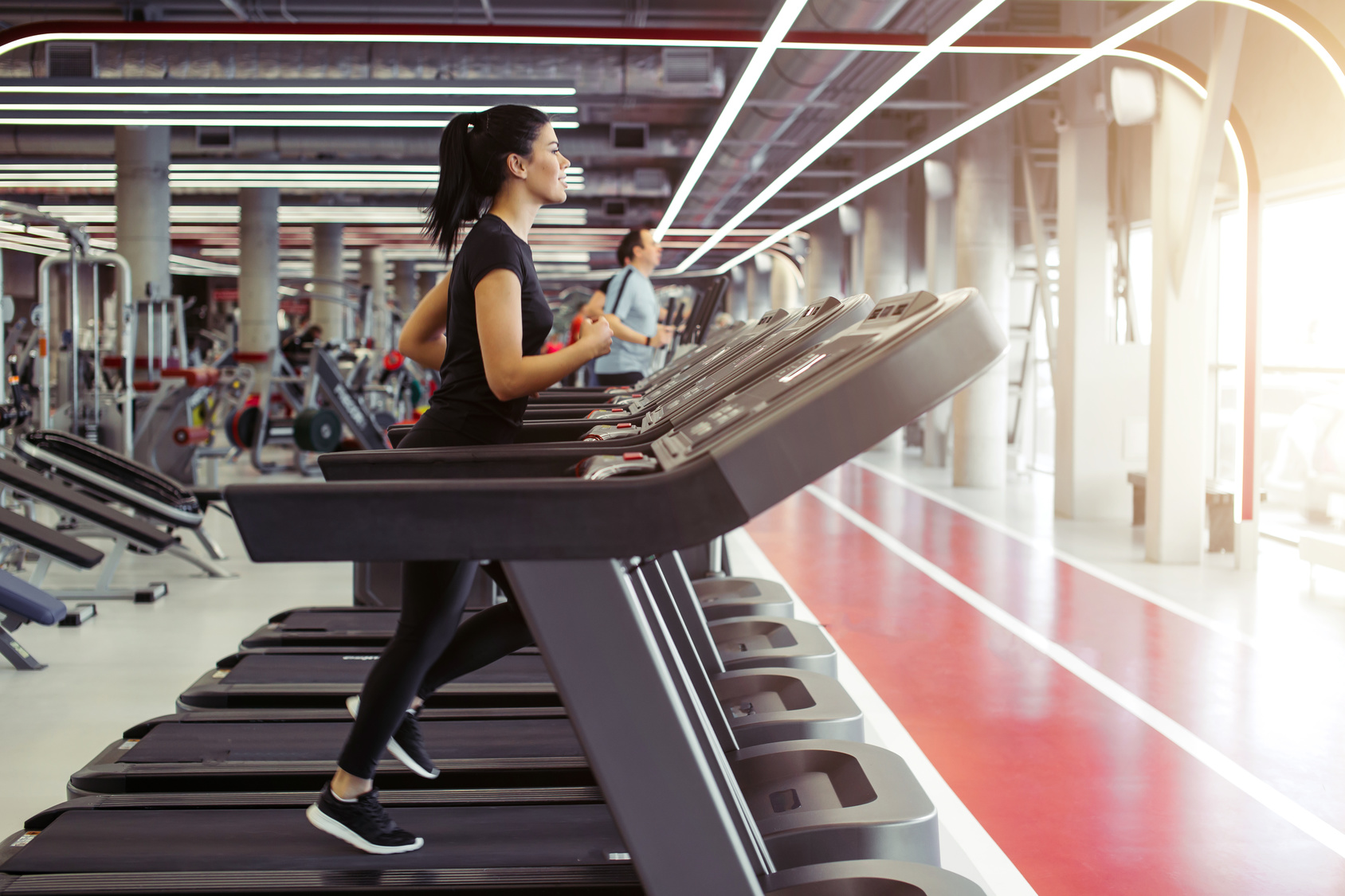
Check The Belt Condition
Besides the motor, the next most important factor to consider is the belt.
Equipping a treadmill with a new belt is not cheap, and this one of the important factors to consider when shopping for a used model.
The belt’s condition depends on how often the machine was used and the weight and running habits of the user.
If you notice any red flags, avoid getting that machines as getting a new belt is another costly affair.
In fact, you might better off buying a decent brand new model for your investment.
We want to avoid any extra costs at all costs, right?
With the treadmill off, examine the belt closely and look for any signs of fraying, especially around the edges on both sides. Also, check for any signs of wear and tear due to excessive usage.
What’s more?
Check if the running belt is centered correctly and not pulling to one side. If it’s skipping or sliding, don’t buy.
Skips while running at high speed can be risky as they might cause to trip or slip.
Here’s a guide in case you need to replace the belt.
Check The Display
Last but not least, remember to test the display.
Since you’re planning to use the treadmill regularly (hopefully), you have to be able to smoothly use the display and the various settings. These displays are key as they provide information about a wide range of aspects.
You can keep track of your sessions and get details about your progress. This feedback includes feedback about your running distance, heart rate, calories burned, time, number of strides, elevation gain, and so much more. Some treadmills also come with a carb counter.
All the functions should be working fine and up-to-date. The display has to be easy to read, showing time, speed, incline, and any other stat. This area should also be free any of signs of wear or damage.
Additionally, you should be able to easily manually adjust the speed and incline.
You can also check if the model has pre-programmed workouts—which is always a good feature.
Where to Find The Best Used treadmills
There are many places to shop around for used treadmills as they’re available from a range variety of local and online sources.
All in all, second-hand stores may be the best place to find some great deals on second-hand treadmills, so check that first.
At least, you can check the quality of the treadmill on the spot.
You can also sift through your local paper or gym closing notifications.
Gyms and health clubs, when going out of business or looking to upgrade, may sell off their used treadmills.
Sure, these may have had many users, but provided they’re in decent shape, they’re still worth it, especially used Bowflex, Proform, and NordicTrack models.
What’s more?
You can find used treadmills listed on websites such as eBay or Craigslist. But I’d recommend avoiding buying online, especially when it’s impossible to inspect the machine in person.
The Price Of a Second Hand Treadmill
If the second-hand treadmill checks most of the boxes, it’s time to move to the next phase, which is pricing.
Here’s how.
First, figure out the retail price for reference before making it in the seller’s venue. You can do this either at the manufacturer’s website or Amazon.
You can also check the same model at a used sporting goods store, such as Play It Again Sports, to get a rough estimate on how much you should pay.
If the used treadmill is made by a reputable brand, expect the seller to ask for a higher price. Conversely, the asking price will be much lower for a not-so-famous brand with sketchy records and customer reviews.
From there, you can negotiate with the seller and get the treadmill for a fair price.
Remember: there’s no such a thing as a free lunch.
So, if you’re getting a used treadmill at a steep discount at a store, check for any hidden fees. Typically stores will you the machine at a steeply discounted price, but they will “fail” to mention the costly delivery and set-up fees.
Buying a used Treadmill – The Conclusion
There you have it. If you’re in the market for a used treadmill—or any other training equipment—today’s article should have provided you with enough guidelines to set you on the right path. The rest is really up to you.
Please feel free to leave your comments and questions in the section below.
In the meantime thank you for dropping by.
David D.

